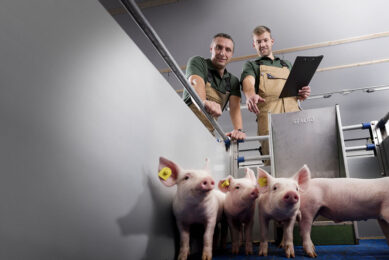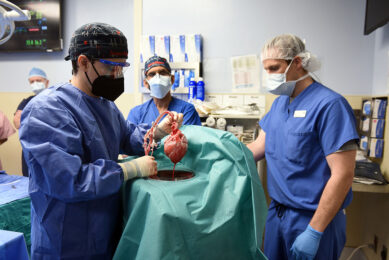The need for differences in immune levels
Pig producers world-wide seem to me to be hazy about the need to recognise differences in immune levels for breeding stock and grower/finisher pigs.
Pig producers world-wide seem to me to be hazy about the need to recognise differences in immune levels for breeding stock and grower/finisher pigs.
First point
Failure to establish the desired height of the protective immune barrier, which with correct farm management and planning is different for both categories, costs farmers a good deal of profit. The error is in not recognising that they are different. Why?
Second point
The sow needs to acquire a sound and high immune barrier because she should live for a relatively long time – say six litters in 2.7 years. Sure, this costs money in time, thought, buildings and management, but it is well worthwhile. Indeed, I’m pretty sure that our recent/current problems with PMWAD and PRRS are one result of insufficient money and thought being applied to this area.
Third point
Conversely, the growing pig has a comparatively short lifetime, and once it’s maternal antibody protection has gone, should have as low an immune barrier as it needs so as to fend off disease across its short lifespan. By not having to deflect nutrients into establishing a high barrier (and research in the 1990s revealed how great these can be) the grower can use them to express the performance potential which modern genetics provides. But how?
Fourth point
Most producers have to build a high immune barrier because they don’t realise their hygiene management is poor by modern standards and the pigs are too stressed environmentally. Really attend to these aspects and the immune barrier can be lower, yet is just as effective, and the benefits come from much improved performance.











